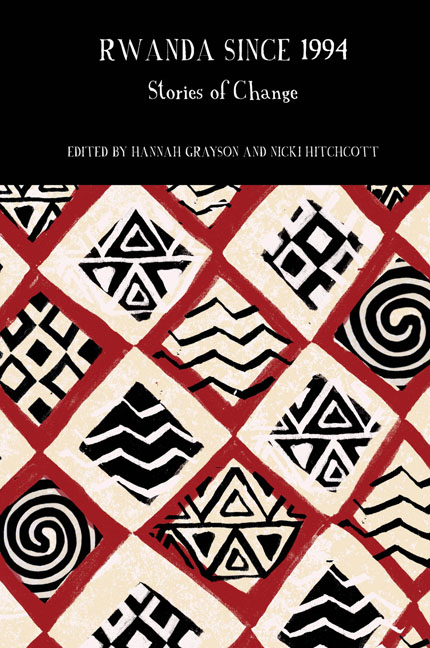The Incorporation of Women in Rwandan Politics after 1994
Summary
The fruits of the struggle are not for women.
Gisela GieslerNational liberation movements usually incorporate women during the period of struggle for liberation, but tend to exclude them after power is captured. This was the case for most movements of the first wave (1960s and 1970s) and second wave (1980s and 1990s) of national liberation. The gender backlash that follows liberation involves the active exclusion of women and is believed to occur during the critical period of transition from war to peace (Manchanda, 2001). The Rwandan Patriotic Front (RPF), which was formed in exile by Rwandan Tutsi refugees, provides an interesting case study because it not only included women during the struggle but appointed them to key positions during the period of transition after they came to power in 1994. This initial incorporation is believed to have been fundamental in ensuring that women continued to play an active role in Rwandan politics. This chapter explores the factors that undermined the occurrence of a gender backlash and allowed for women's incorporation in the post-liberation politics of Rwanda during the period of transition from 1994 to the first post-genocide elections in 2003. Women in Rwanda experienced unprecedented inclusion in decision-making after 1994, and have become the focus of numerous studies on post-conflict gender politics (Mageza-Barthel, 2015; Tripp, 2015; Burnet, 2008 and 2011; Wallace et al,. 2009; Kayumba, 2010; Powley, 2003 and 2005; Newbury and Baldwin, 2000). The large proportion of women in parliament is usually cited as an indicator of this inclusion, and the last elections gave Rwanda the highest proportion of women in parliament in the world, at 64% (World Bank Database, n.d.; Inter-Parliamentary Union Press Release, 2003). Women have served in key ministerial positions – for example, Louise Mushikiwabo in the Ministry of Foreign Affairs or Agnes Binagwaho in the Ministry of Health – and can be found at all levels of government albeit to a lesser extent at the local level. Most of the literature on women in politics in Rwanda attributes women's incorporation to the quota system established through the 2003 Constitution. However, this fails to account for the incorporation that happened before 2003 and in particular during the transitional period. The RPF charted the way for women's inclusion between 1994 and 2003 by appointing women to half of the seats it was allocated in the Transitional National Parliament (Burnet, 2011).
- Type
- Chapter
- Information
- Rwanda Since 1994Stories of Change, pp. 83 - 103Publisher: Liverpool University PressPrint publication year: 2019

